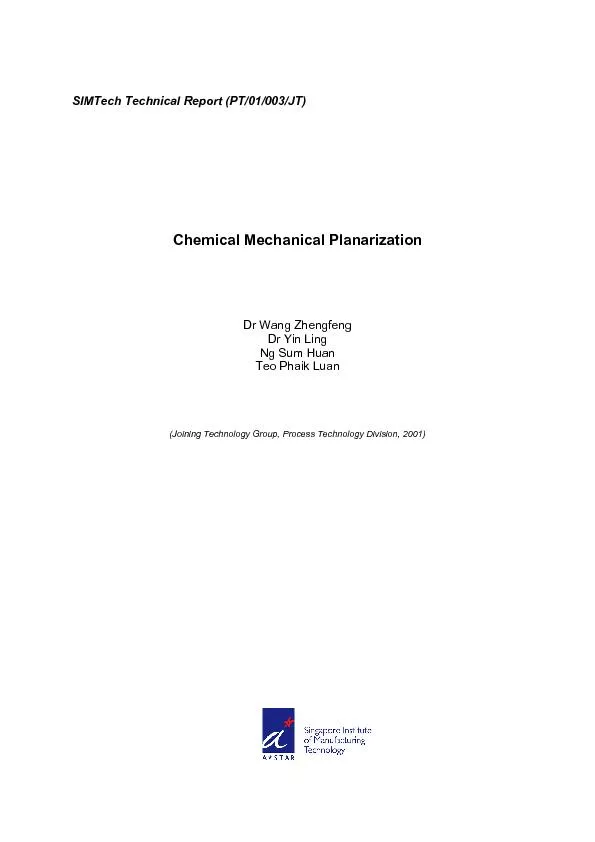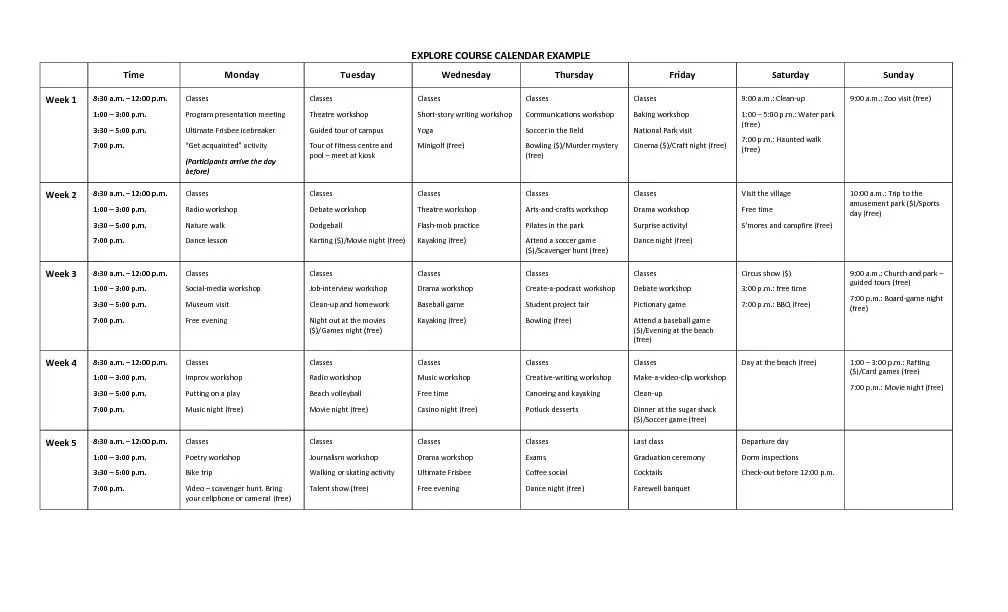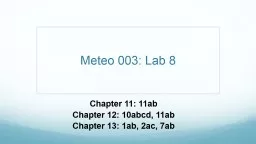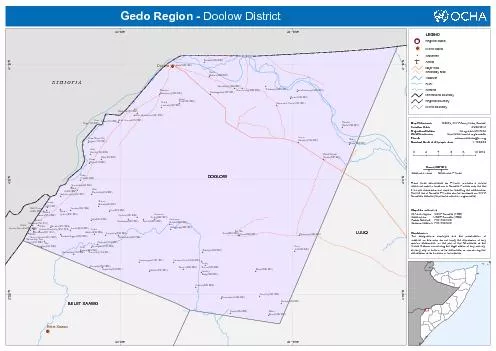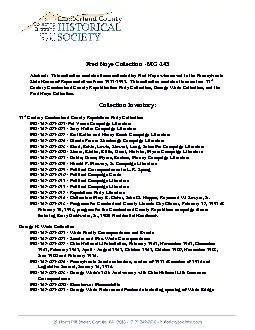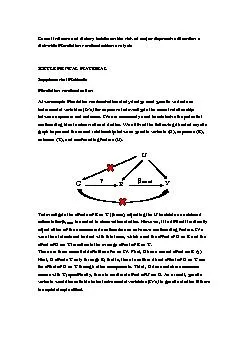PPT-METEO 003
Author : stefany-barnette | Published Date : 2017-06-09
LAB 6 Due Friday Oct 17 th Chapter 8 Question 1 abc Radiosonde instrument carried by a weather balloon to measure atmospheric variables such as temperature pressure
Presentation Embed Code
Download Presentation
Download Presentation The PPT/PDF document "METEO 003" is the property of its rightful owner. Permission is granted to download and print the materials on this website for personal, non-commercial use only, and to display it on your personal computer provided you do not modify the materials and that you retain all copyright notices contained in the materials. By downloading content from our website, you accept the terms of this agreement.
METEO 003: Transcript
Download Rules Of Document
"METEO 003"The content belongs to its owner. You may download and print it for personal use, without modification, and keep all copyright notices. By downloading, you agree to these terms.
Related Documents

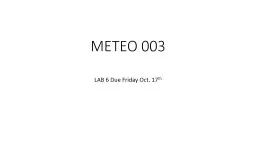
![TOLL RATE SCHEDULE - CLASS 1 Passenger Cars (2 Axles) [E-Z = E-ZPass]](https://thumbs.docslides.com/200984/toll-rate-schedule-class-1-passenger-cars-2-axles-e-z.jpg)
